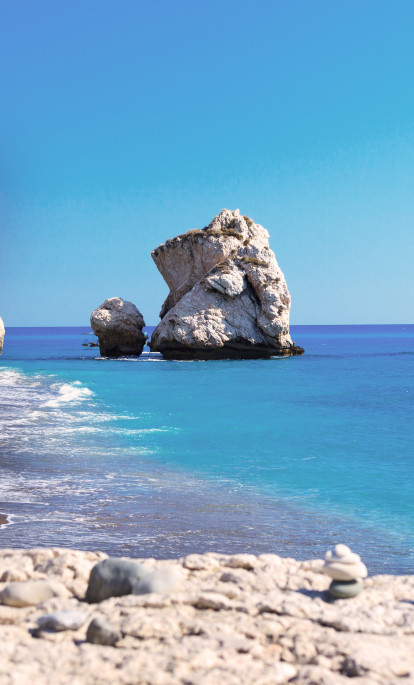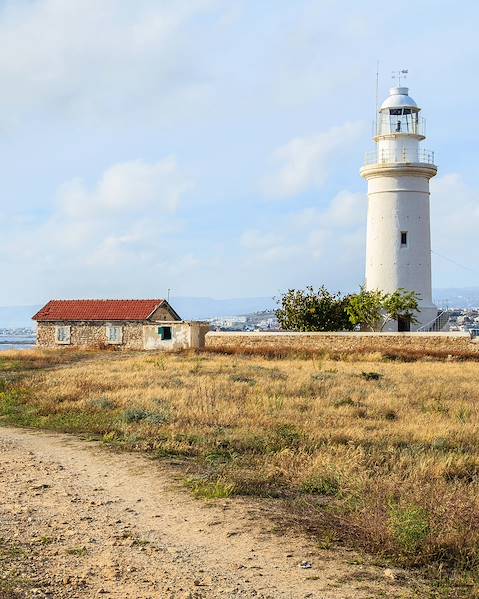Sitting pretty in the eastern Mediterranean Sea, Cyprus is blessed with a classic mild Mediterranean climate. Its sunny disposition makes it a suitable year-round destination, with balmy seas still present in October and quieter tourist attractions come winter. The best time to visit Cyprus largely depends on your preferred activities, so read on for our handy guide to help you decide.
December to February in Cyprus (Winter)
While Cyprus has relatively mild winters compared to some other European countries, December is the country’s wettest month and the weather is normally cool, overcast and rainy. January is also cold and wet, with the occasional sprinkle of snow gracing the Troodos Mountains. February will likely still be chilly, but you’ll start to see some warmer days and the citrus trees will begin to bear fresh fruit. The benefit of opting to visit during the off-season is that you’ll pretty much have the island’s ancient sites to yourself; the lack of crowds allows for uninterrupted exploring, just be sure to pack a warm, waterproof coat.
March to May in Cyprus (Spring)
By March, spring will have sprung in Cyprus, with temperatures climbing, days getting longer and rainfall decreasing. While the slightly warmer climes allow for comfortable exploring, it’s not quite sunbathing weather yet, so this could be the best time to visit Cyprus if you fancy discovering its cultural sites. April and May bring even sunnier and warmer weather, but with this comes early sun-seeking crowds, particularly during the Easter school holidays. Average temperatures hit the low to mid-20s in May, yet without the humidity of summer, you can choose to adventure around the island or relax by the pool.
June to August in Cyprus (Summer)
We’ve reached high season in Cyprus, as summer holidayers flock to the sunny isle between June and August. June is usually the quietest of the three months (since summer school holidays have not yet begun), so travel at this time to make the most of the warm weather without unbearably busy beaches. Temperatures will soar to around 30°C, and you can enjoy blue skies and balmy sea temperatures, perfect for swimming. The humidity picks up in July and August; prime climate for lazing on the beach and taking a dip in the sea. Although, unfortunately, everyone else will have had the same idea and it’s worth noting that hotels, resorts and beaches are bound to be busy during the summer months. If you’re planning to explore Cyprus’ historic sites, set off early before the heat of the day reaches its peak, or wait until early evening when the sun sits lower in the sky. The heat is also slightly less intense in the Troodos Mountains.
September to November in Cyprus (Autumn)
September is a sometimes underrated month when it comes to visiting Cyprus. The summer holiday crowds have started to clear, yet the weather remains warm and agreeable. Other pros of travelling during early autumn include lower humidity, warm waters and still toasty temperatures. Towards the end of October, the mercury begins to creep down the thermometer and the chance of rainfall increases, so packing long-sleeves is a good idea. Come November winter really starts to show its face, with shorter days, chillier climes and some tourist resorts closing their doors until spring.
















